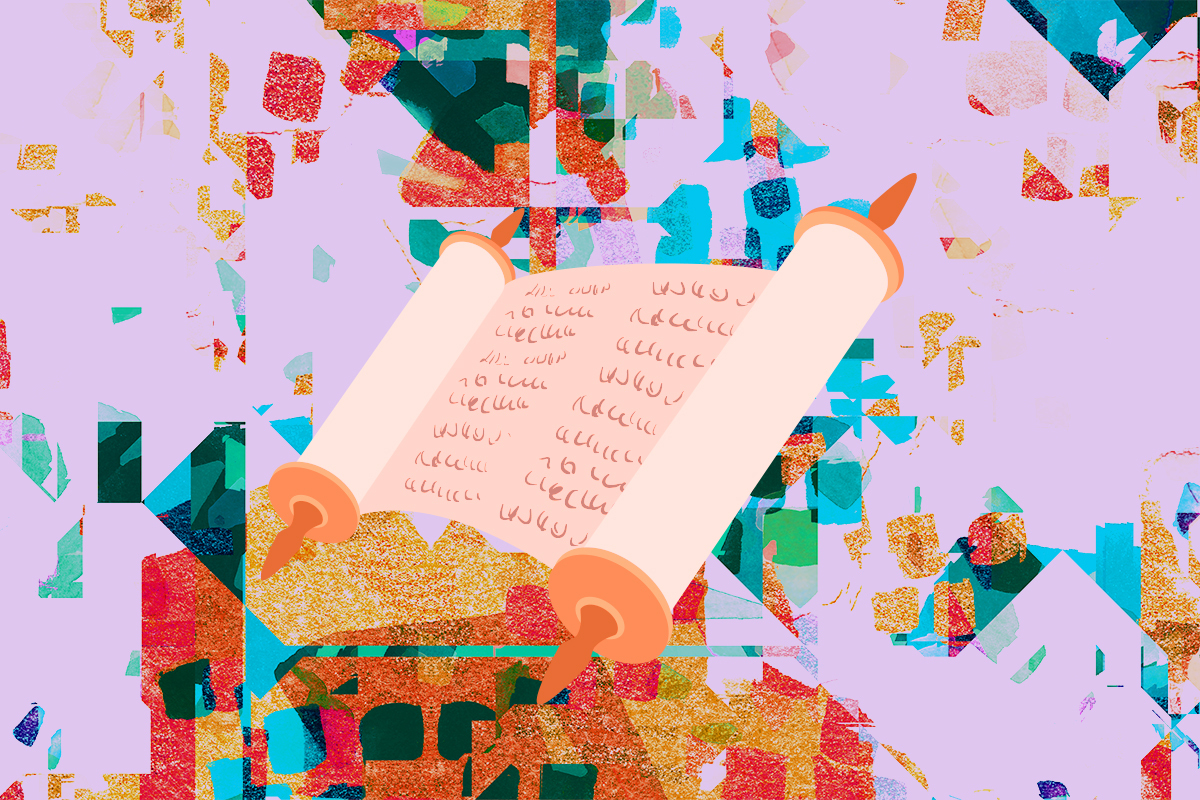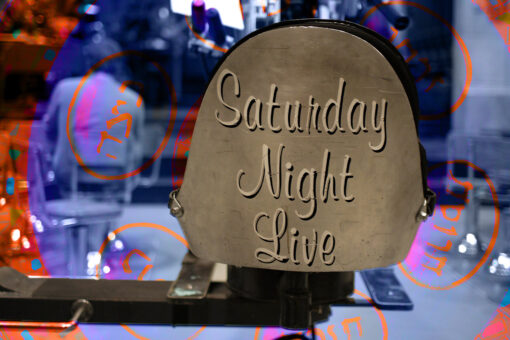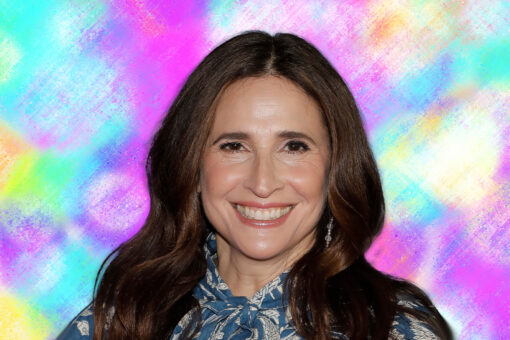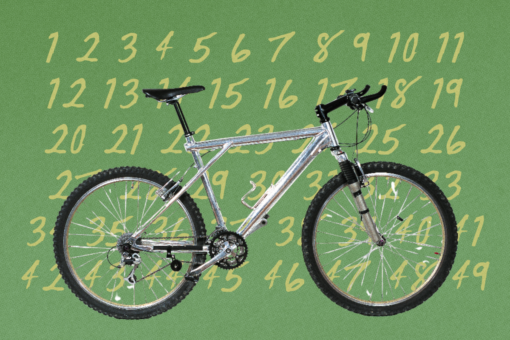Growing up in a town with almost no other Jews, my introduction to the concept of text study was through listening to my non-Jewish friends talk — or, more often, complain — about mandatory Bible study sessions at Sunday school. I went to Hebrew school twice a week, far enough from my hometown that there was no overlap between my “school friends” and my “Jewish school friends,” but our curriculum focused far more on prayer memorization and b’nei mitzvah preparation than on fostering an abiding love and connection to Jewish text.
The first time I engaged with Torah with any attention of deeper analysis was while studying for my bat mitzvah. My 13th birthday was in August, but my bat mitzvah wouldn’t be until October — which meant that during my summer at Jewish camp, I had twice-weekly tutoring sessions with camp faculty to practice my chanting and work on my d’var Torah.
Looking back as an adult, it seems fitting that the summer I spent taking my first steps into Torah study was also the summer I spent finding a label for my sexuality. It was the first time I realized that being bisexual was something I could talk to people about, if I wanted. I wasn’t the only one of my camp friends to come into a sense of queer identity that summer, and when my bat mitzvah arrived in the fall, some of us had already begun the process of coming out: to each other, to our non-camp friends, to family members.
Even so, my queer Jewish life from that pre-bat mitzvah summer to my first semester of college was less of a queer Jewish life and more of a queer life and a Jewish life, with little overlap. It felt like I was living two lives: I was proudly queer, and proudly Jewish, but my Jewish friends were mostly straight and my queer friends were mostly non-Jews. And — in what I realize now is a common experience but at the time felt horribly isolating — I didn’t have anyone to talk to who fit into both spaces.
It wasn’t until I got to college that my two lives began to actually intersect, with my friend group containing not just queers and Jews but queer Jews, which filled a hole in my chest I hadn’t realized was empty. But even my new queer Jewish friends were primarily secular; they identified as Jewish and had many of the same experiences of isolation and assimilation as I did, but whereas I was looking for ways to deepen my Jewish practice and identity as I figured out what my adult life was going to look like, they mostly… weren’t.
While I tried on different Jewish traditions and practices like a teen movie shopping montage, my classes introduced me to the idea of queer reading, or queering, as a way of approaching Jewish text. As a long-time member of fandom spaces, the idea of using “queer goggles” to look for subtext and queerness in media wasn’t anything new to me — I’d stack a lonely queer 15-year-old against a PhD literature professor in a subtext-detecting contest and bet on the teenager every time — but having an academic name and method for it was new.
Thelathia “Nikki” Young, in her essay “Queering ‘The Human Situation’” from the April 2012 issue of Journal of Feminist Studies in Religion, writes that queering “dismantles the dynamics of power and privilege” taken for granted across canons. Young explored this in the context of theology, but the concept of queering applies in nearly every field: literature, culture, science, even time.
Queering secular sources was one thing, but applying the same lens to Jewish texts felt weirdly taboo. What I didn’t realize, until I was in the middle of a Torah study session with a group of Jewish nonprofit professionals and had a lightbulb moment five minutes into a rambling train of thought about trauma and liberation narratives and the queer experience, was that the nature of reading Torah as a queer person is that all Torah study becomes queer Torah study. Text study can’t exist in a vacuum: We always bring our own stories and experiences, and for queer Jews, that means a queer lens of reading and connection.
There’s a sense of power and resistance in this approach to study. “In general, I engage with Torah, and anything else I’m reading, as queer person. So while the text itself might not be queer, since I am it’s filtered through the lens of what’s important and resonant to me as a queer person,” says Rabbi Lily Solochek (they/them). “And sometimes I want to purposefully engage with the Torah as a queer text. And that’s where I look at texts that have been weaponized against the queer community and ‘take the teeth out’ by reading them queerly.”
That can look like taking a passage like Deuteronomy 22:5, which forbids men from wearing women’s clothing and vice versa and is often used as an anti-trans text, and applying a queer-positive take: “Right there, the Torah says dress according to your gender. So if my gender is femme then I should dress that way; if my gender is Carhart jackets I should dress that way. And anyone who mandates a trans woman to ‘dress as a man’ is actually breaking the Torah’s law — so this text that has been used against trans people for centuries is now trans-affirming,” Rabbi Solochek says.
I didn’t know it at the time, but the concept of queering Torah was actually alive and well during my high school and college years. While I was looking at my bat mitzvah portion as a baby bisexual and trying to figure out why I was struggling to connect to the idea of God as an authority figure, organizations like SVARA were at the forefront of creating radical spaces for engaging with Torah through a queer and experiential lens. Institutions that queer Torah and Judaism and Jewish text have grown exponentially in the last few decades, with organizations like Keshet and the Nonbinary Hebrew Project offering new ways for queer Jews to find their places in Jewish spaces and stories.
When I think about young queer Jews growing up today, with the internet at their fingertips and so many Jewish organizations working tirelessly to make sure that they know that Jewish traditions can be open to all aspects of their identities, I feel a mixture of envy and relief. Not to be old about it or anything, but I’m so glad that today’s queer Jewish kids have those options, and that they won’t have to figure it out alone like I did, reading a used copy of Torah Queeries in the back of synagogue during High Holiday services.
Arriving at a place where I know that my personal Torah is inherently, radically, beautifully queer has taken my queer Jewish identity from an uncomfortable Venn diagram to a rainbow tapestry. I’m not in two awkward, half-overlapping categories. The parts of my identity aren’t tangled up. They’re woven, and colorful, and inseparable.



